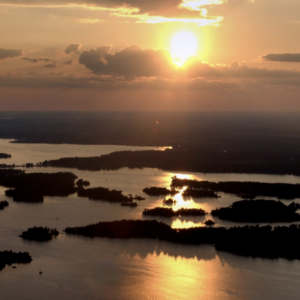5 Ways to Enjoy Nature in Lake Ontario’s Eastern Basin
Wetlands alive with birdsong, sprawling sandy beaches, sheltered bays, and vast lake views—these are only a few of the things that the Eastern basin of Lake Ontario offers those who come to discover it.
Welcome to the natural oasis that could become Lake Ontario’s new National Marine Conservation Area (NMCA), where rich biodiversity meets recreation, culture, and history. This rare area of ecological significance and beauty has something for everyone. Visit Lake Ontario’s Eastern basin, and you’ll soon understand why its wildlife, landscape, and water must be protected.
Here are 5 things to do on Lake Ontario:
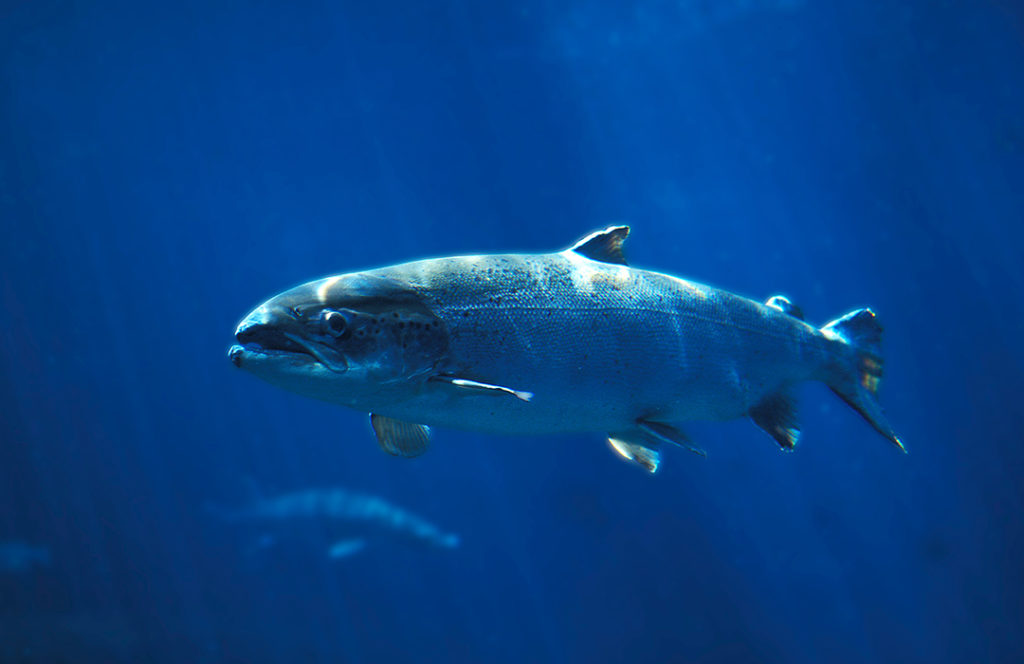
1. Go fishing in Lake Ontario
Lake Ontario’s Eastern basin has prosperous recreational, Indigenous, and commercial fisheries. Given the diverse fish species in the area, this comes as no surprise! Throughout this NMCA, you might catch Walleye, Lake Trout, Smallmouth Bass, Brown Trout, Muskellunge, or Chinook and Coho salmon.
Whether you’re angling from a boat, shoreline, or even trying your hand at ice fishing, casting your line into the Eastern basin of Lake Ontario will just about guarantee a world-class catch, with stunning views while you wait for a nibble.
Fishing enthusiasts will benefit from the creation of an NMCA in eastern Lake Ontario. Not only will it help more people discover recreational fishing on Lake Ontario, it will also help safeguard one of the world’s most significant freshwater systems so that anglers can enjoy it in the future.
Where to go: Check out The Bay of Quinte for world-class Walleye fishing, and the central and Western basin (from the Pickering area and west) for Chinook and Coho salmon.
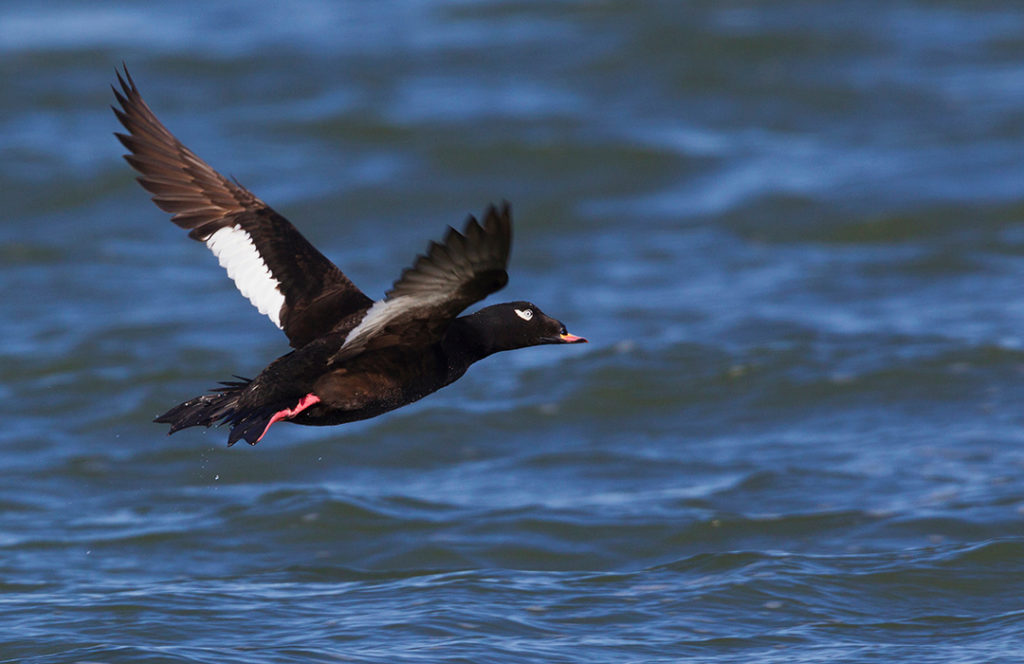
2. Go birdwatching near Lake Ontario
Eastern Lake Ontario is a hotspot for breeding and migratory birds passing over Lake Ontario. The area is especially noteworthy for its waterfowl and shorebirds. Keep an eye out for White-winged Scoter and Long-tailed Duck in the winter, and if you’re lucky, you might spot Piping Plovers, one of the endangered birds that lives in this important habitat, during the summer months.
You can expect to see hundreds of birds of all sizes and species in the area, from raptors like Red-tailed Hawk and Bald Eagle to songbirds to owls like the Northern Saw-whet Owl, Screech Owl, and Long-eared Owl.
Both birds and birdwatchers can look forward to the protection that an NMCA will provide birds in Lake Ontario. Shoreline and water protections will help conserve critical places for bird habitat, feeding, migration stopover, and wintering sites.
Where to go: The Prince Edward Point Bird Observatory, Timber Island Provincial Nature Reserve and the Sandbanks Provincial Park, five Important Bird Areas (IBAs) including Amherst Island, Pigeon Island, Wolfe Island, Presqu’ile Provincial Park, and Prince Edward County South Shore (IBA).
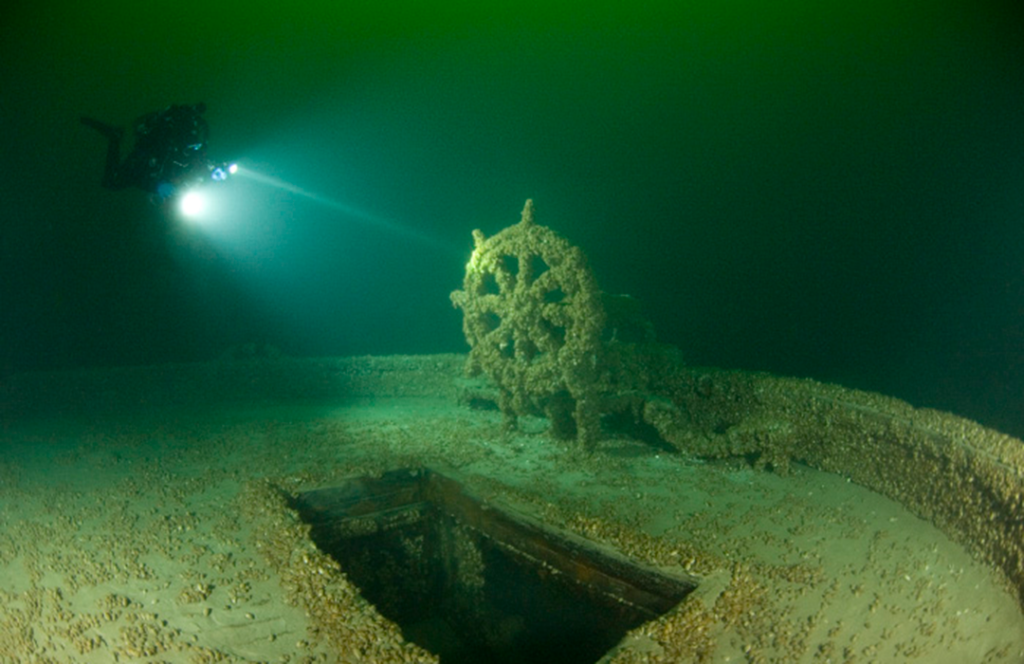
3. Go shipwreck diving in Lake Ontario
For a real thrill, dive down to the depths of history and explore a sunken ship. Shipwrecks are fascinating for their ecology as well as history, and you’ll likely see many aquatic species who’ve taken up residence on board these relics.
There are over 270 confirmed shipwrecks lying beneath the waters of Lake Ontario’s Eastern basin, dating back hundreds of years and to significant events in history, like the War of 1812. Many shipwrecks have yet to be discovered! (Are you up for the challenge?)
An NMCA would preserve these historical treasures so that those brave enough to dive down can get a glimpse of the past and study these fascinating underwater environments.
Where to go: Check out these shipwreck locations.
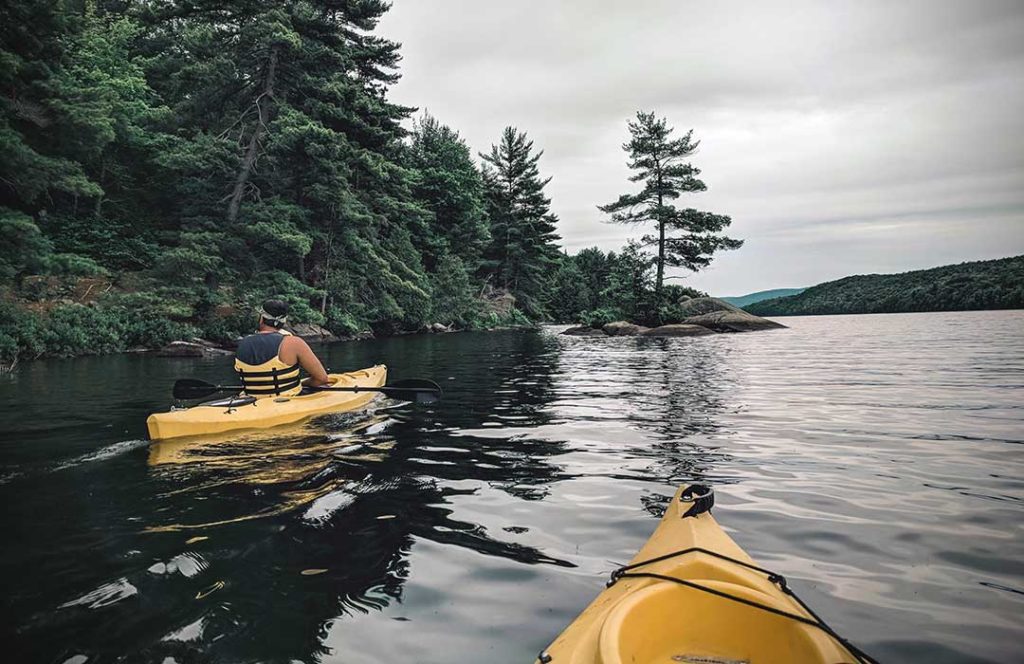
4. Go paddling in Lake Ontario
Canoeing, kayaking, or paddleboarding is a great way to get up close and personal with the ecology of the region. Whether you’re hugging the shoreline, exploring a wetland, or heading out to open water, you’re sure to notice interesting plants and wildlife you wouldn’t see from land.
Lake Ontario’s shallow waters near the shoreline contain the most biodiversity, especially of fish species, in the whole lake. Sheltered bays and coves are filled with native plant species like Duckweed and Yellow pond lily, which provide hunting and hiding grounds for predators and prey alike.
NMCAs prevent the degradation of these precious spots for wildlife and recreation, prohibiting oil and gas exploration, mining, trawling, and dumping so that you can paddle in pristine waters.

5. Go sightseeing in Lake Ontario
With such a rich marine history, Prince Edward County has lots to offer history buffs and sightseers. Heritage sites, museums, and lighthouses are only a few of the things worth touring near the NMCA. Get out on the water with a chartered boat or sailing tour, too, and observe other points of interest like the Thousand Islands region.
The Eastern basin of Lake Ontario has both ecological and cultural significance. Those coming for one will certainly enjoy the other, and an NMCA will help promote awareness and appreciation of all the area has to offer.
Where to go: Point Traverse Lighthouse, Prince Edward Point Lighthouse, Mariners’ Park Museum, Naval Marine Archive: The Canadian Collection
Visiting Lake Ontario
Once you’ve had a chance to experience this extraordinary region, you’ll understand the necessity and urgency of protecting it so that other water-lovers can experience it for years to come. Go fishing, birdwatching, shipwreck diving, paddling, or sightseeing in Lake Ontario, and learn more about why Lake Ontario’s eastern basin is a biogem that needs protection here.


